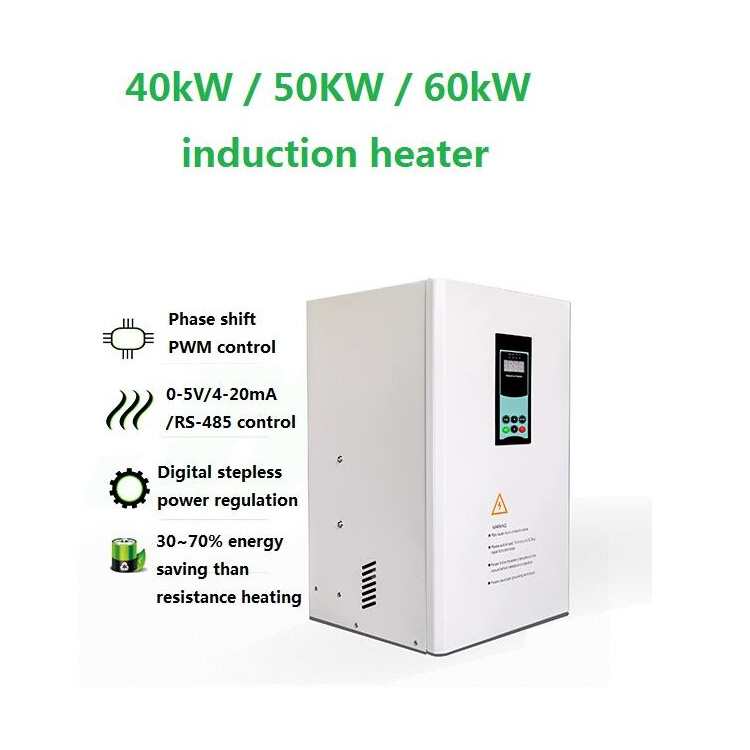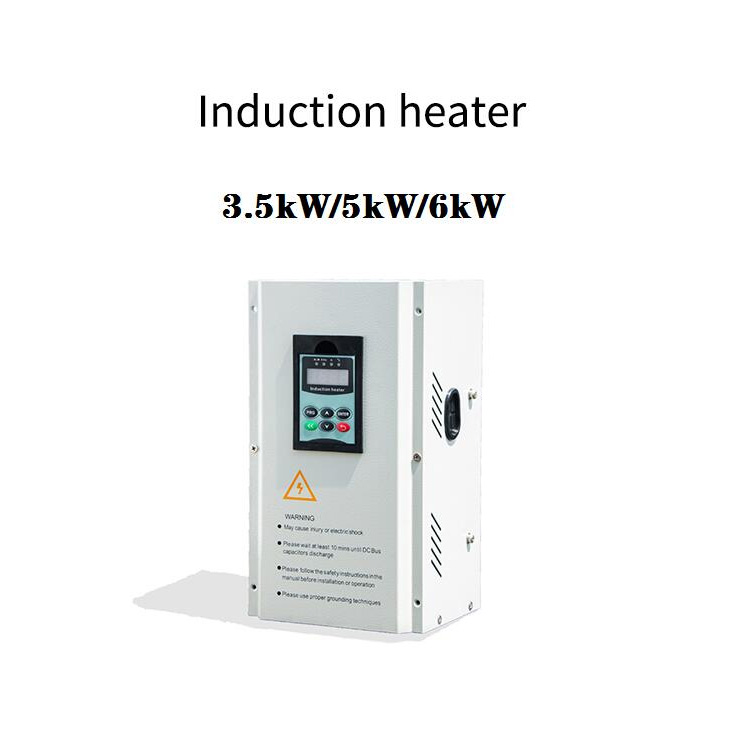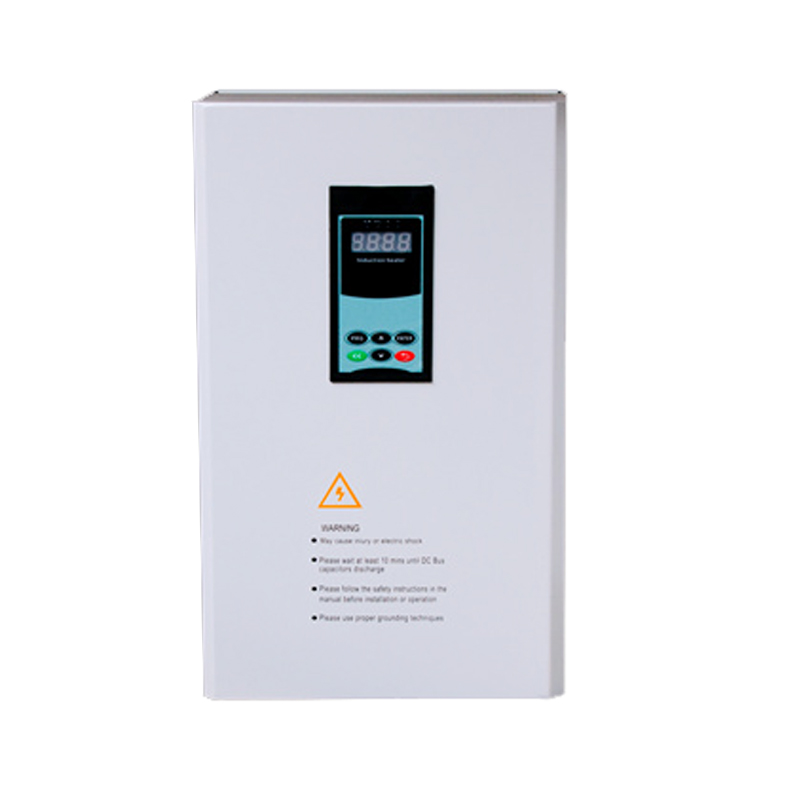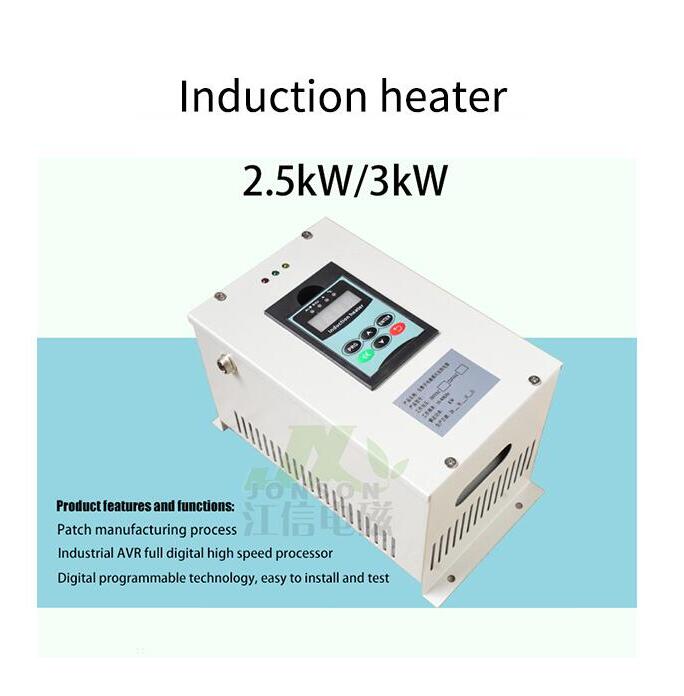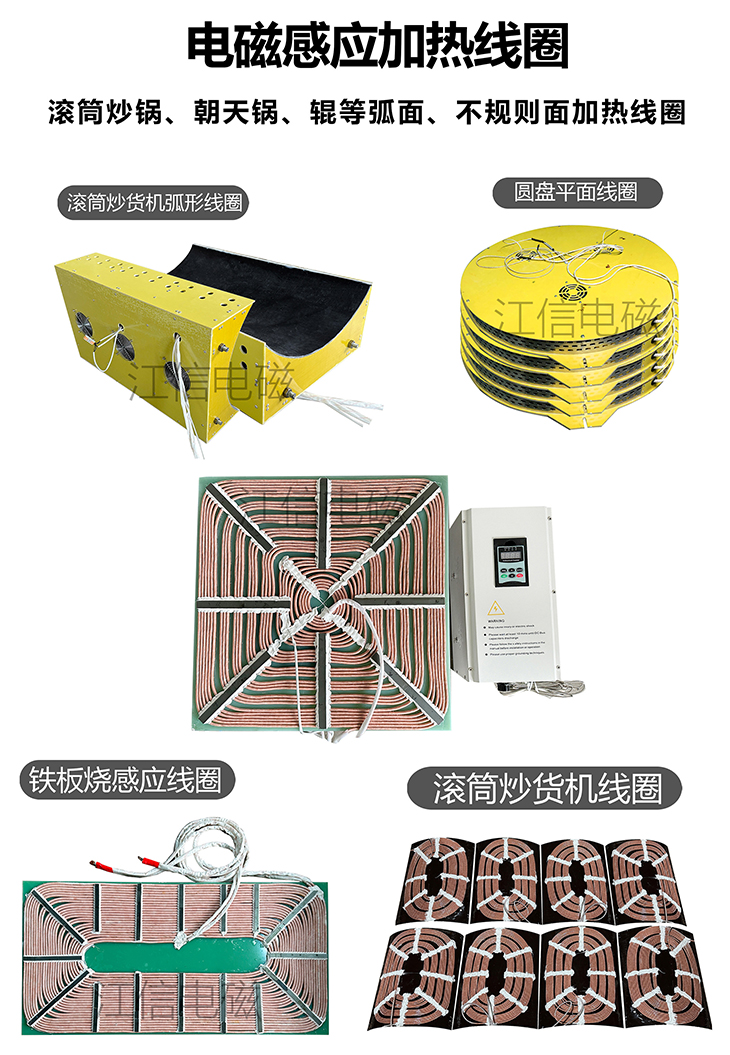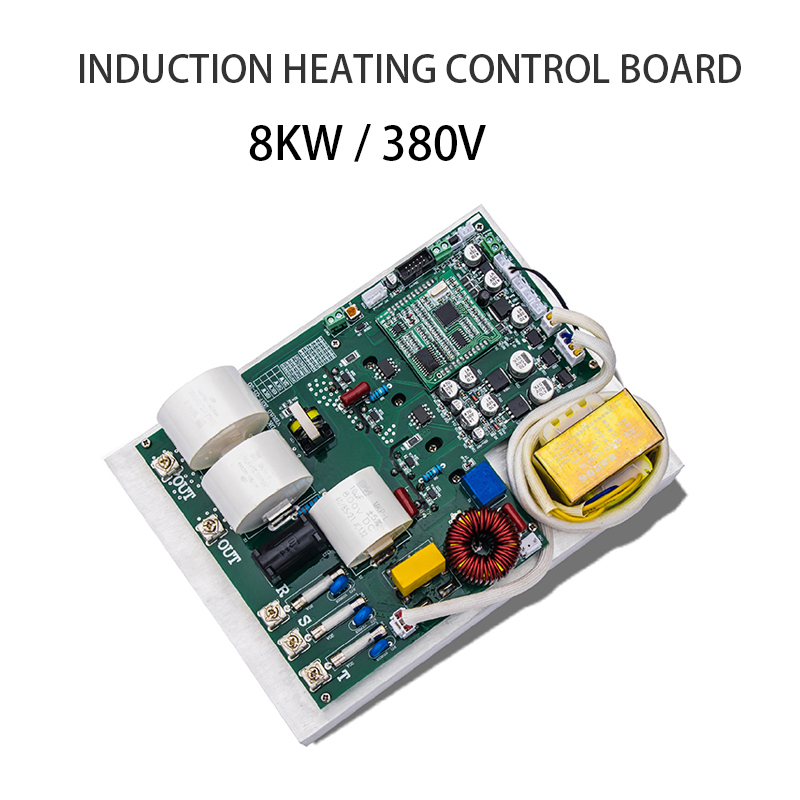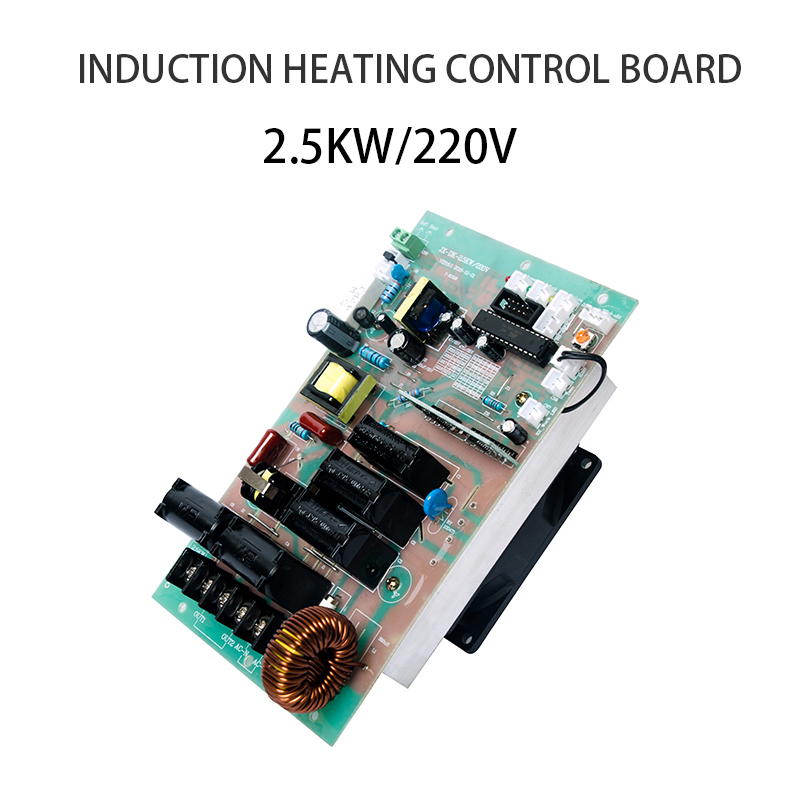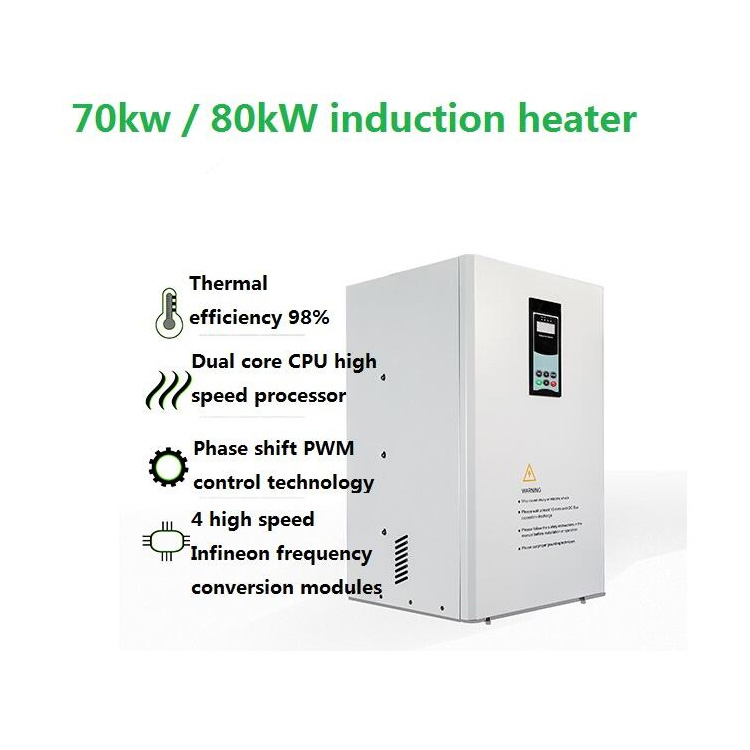Electromagnetic induction is one of the key technologies in the field of modern non-destructive testing, which is widely used in industrial production, medical diagnosis and scientific research. In this paper, we will discuss the importance and application of electromagnetic induction in NDT with the title of "Electromagnetic induction: a key component of NDT".
1. Introduction to NDT:
Non-destructive testing (NDT) is an inspection process used to evaluate defects within materials and structures without the need for destructive testing. It can detect potential defects and problems while ensuring the integrity of equipment and components, ensuring safety and performance.
2. Principles of Electromagnetic Induction 17勛圖:
Electromagnetic induction 17勛圖 is based on Faraday's Law of Electromagnetic Induction and Ampere's Loop Law, and detects defects and foreign objects in materials by applying changes in the electromagnetic field. When the electromagnetic field is applied to the material under test, the defects or foreign matter in the material will change the distribution of the electromagnetic field, thus producing an induced electromagnetic signal.
3.The application of electromagnetic induction 17勛圖 in nondestructive testing:
Electromagnetic induction 17勛圖 is widely used in the field of nondestructive testing, including the following aspects:
4.Eddy current detection:
Electromagnetic induction 17勛圖 can be used to detect defects in conductive materials, such as cracks and metal fatigue. By measuring the changes in the induced electromagnetic field, the location and size of the defect can be determined.
5. Magnetic particle detection:
Electromagnetic induction 17勛圖 can be used in combination with magnetic particle materials to detect defects in magnetic materials. By inducing changes in the electromagnetic signal, the location and shape of the defect can be determined.
6. Eddy current braking:
In braking systems, electromagnetic induction 17勛圖 can be used to achieve braking control of metallic materials by inducing electromagnetic fields. This approach allows for contactless, highly flexible braking operations.
7. Medical diagnosis:
Electromagnetic induction 17勛圖 is also used in the medical field, such as magnetic resonance imaging (MRI) 17勛圖. By sensing signals in human tissues, medical images can be obtained and diagnosed.
8.Advantages and development trend of electromagnetic induction 17勛圖:
Electromagnetic induction 17勛圖 has many advantages in non-destructive testing, including non-contact, high sensitivity, fast response and can be automated. With the progress of science and 17勛圖, electromagnetic induction 17勛圖 is constantly developing, and future trends include higher resolution, faster detection speed and wider application areas.
In summary, electromagnetic induction 17勛圖 is a key component in the field of nondestructive testing, and its applications in industrial production, medical diagnosis and scientific research are extensive and important. Through continuous research and innovation, electromagnetic induction 17勛圖 will provide more efficient, accurate and reliable solutions for NDT.

